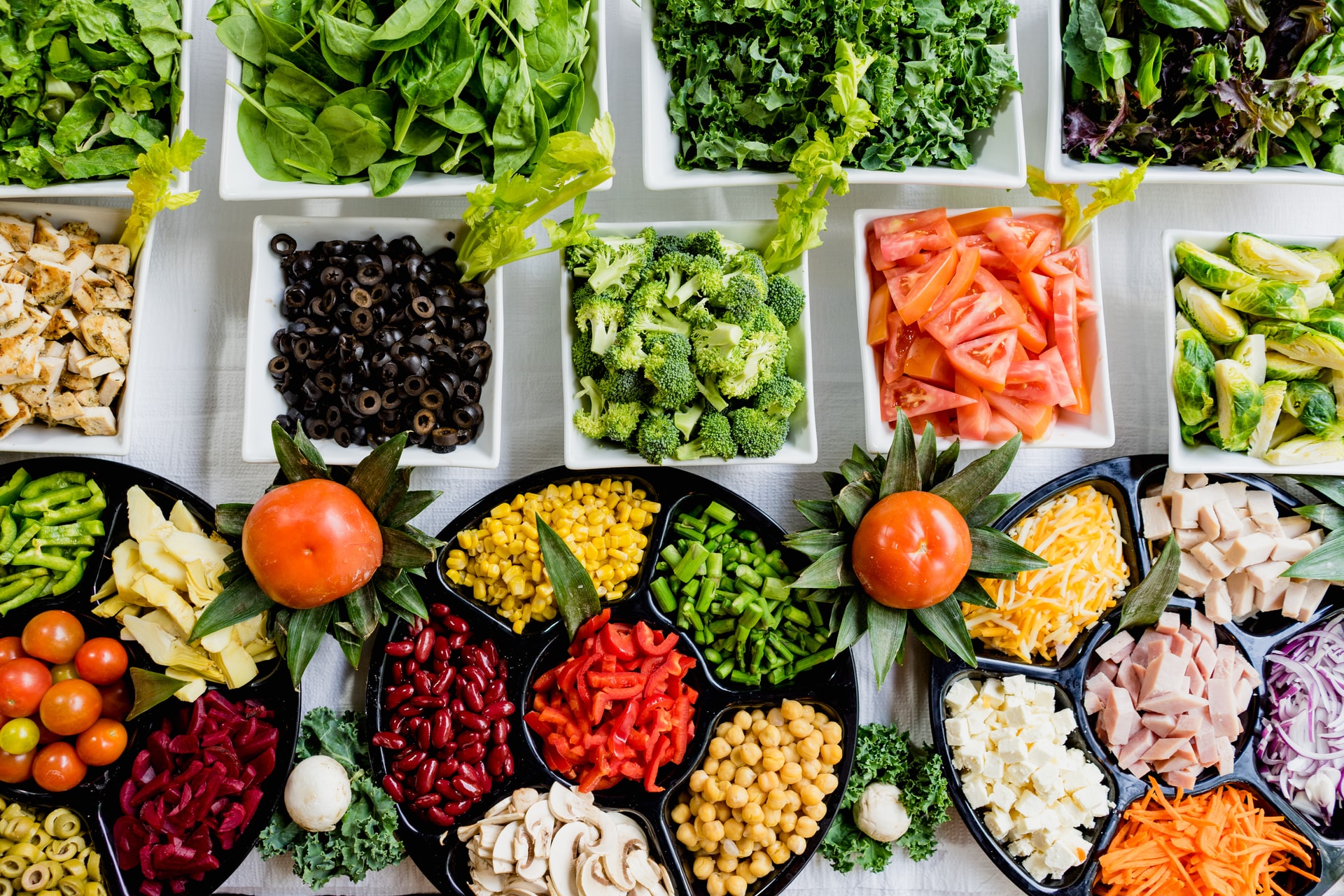Magnesium is a macro-constituent that must be introduced into our diet daily, in rather large quantities. It is a fundamental element for the human body and is present in the bones as well as in the intracellular compartment. In particular: muscles, nervous system, heart, kidneys, liver, digestive system, endocrine glands contain it. Finally, it is also found in small quantities in extracellular fluids. Its main role, however, takes place in the fabric bonesor, where it participates in bone mineralization and growth. Furthermore, it plays an important role in the metabolism of proteins, nucleic acids, lipids and carbohydrates.
Furthermore, it contributes to the absorption of other minerals, such as: calcium, potassium, phosphorus and sodium. Finally, it plays an essential role in the transmission of the nerve impulse between cells and in muscle contraction, including the heart muscle. For adults, a daily intake of magnesium of about 300 mg is recommended.
In which foods it is found
The main food source of this mining are whole grains. This is also due to the fact that the refining processes cause a loss of more than 80%. Then, we have the dried legumes, such as lentils, chickpeas and beans which contain them in good quantities. Thirdly, it is present in all dried fruit, namely: peanuts, walnuts, hazelnuts, almonds and pistachios. Instead, among fresh fruit, only peaches and bananas contain it in fair quantities. Now let’s see in which other foods to find this precious mineral.
Well, since it is an active constituent of chlorophyll, it is found in all green leafy vegetables, such as: chard, artichokes. Then, again in: zucchini, spinach, broccoli, herbs, turnip greens and cauliflower. A good supply of magnesium also comes from cocoa and black chocolate. Finally, there are several mineral waters that contain it and which could also provide us with a right amount of it, as well as provide us with hydration.
In which foods to find this precious mineral for muscles, nervous system, heart, kidneys, liver and digestive system
Once introduced with food, magnesium is absorbed in the intestine and eliminated through the kidneys. The surplus amount will still be eliminated from our body. To act as an obstacle to its absorption, are other components such as: alcohol, calcium, phosphorus and excessive consumption of proteins. On the contrary, vitamin D promotes its absorption. For this, eggs, asparagus, accompanied by a slice of wholemeal bread, are ideal to integrate it. Finally, it is good to avoid overcooking the foods that contain it, as this could favor its dispersion. Consequently, it is advisable to steam cooking or avoid it altogether, eating raw foods. Alternatively, the cooking water should also be consumed.
Deepening


